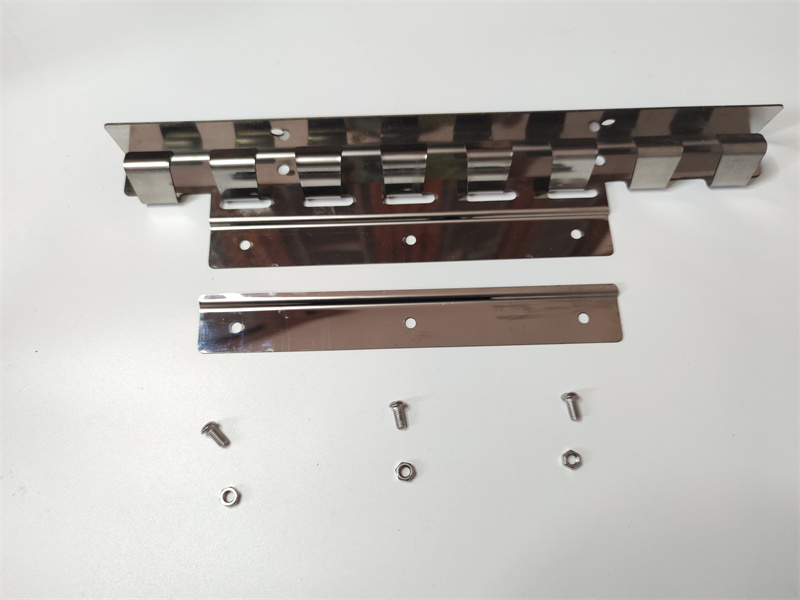transparent pvc sheet
The Versatility of Transparent PVC Sheets in Modern Applications
Transparent PVC sheets, also known as polyvinyl chloride sheets, have emerged as a popular choice in various industries due to their unique combination of properties. These sheets are durable, lightweight, and chemically resistant, making them suitable for a wide range of applications. As we explore the versatility of transparent PVC sheets, it becomes evident that their impact on modern manufacturing and design is both significant and beneficial.
The Versatility of Transparent PVC Sheets in Modern Applications
In addition to their aesthetic appeal, transparent PVC sheets are prized for their durability. Unlike glass, which can shatter easily, PVC sheets are impact-resistant, making them a safer option, especially in environments frequented by children or in high-traffic areas. This resilience enables manufacturers to create durable products, from safety shields to protective barriers in industrial settings. For example, during the COVID-19 pandemic, many businesses turned to transparent PVC sheets to erect barriers between customers and staff, ensuring safety while maintaining face-to-face interaction.
transparent pvc sheet

Transparent PVC sheets are also highly customizable. They can be manufactured in various thicknesses, sizes, and even colors, which allows for immense versatility in design. This customization makes them suitable for crafting bespoke solutions tailored to the specific needs of different industries. For instance, in the automotive sector, transparent PVC sheets can be used for windows in vehicle prototypes or showcasing parts in showrooms. Similarly, in the construction industry, architects may employ these sheets in building designs to create modern facades or skylights that facilitate natural light while achieving an elegant look.
Moreover, transparent PVC sheets are easy to fabricate. They can be cut, bent, and drilled with standard tools, which simplifies the manufacturing process. This ease of manipulation allows for quick production times and reduces costs, making them an economically attractive option for businesses. Furthermore, transparent PVC is often more lightweight than glass, which not only reduces shipping costs but also allows for easier handling during installation.
Environmental considerations are also becoming increasingly important in material selection. While PVC has garnered criticism due to concerns over its environmental impact during production and disposal, advancements in recycling technologies are addressing these issues. More manufacturers are focusing on creating recyclable PVC sheets, and consumers are becoming more aware of the lifecycle of the materials they choose. Businesses that emphasize sustainability can benefit from using transparent PVC sheets, as they offer a blend of practicality and environmental responsibility.
In conclusion, the utility of transparent PVC sheets is vast and varied. From retail displays to protective barriers, their optical clarity, durability, and versatility make them a valuable asset in many industries. As technology continues to advance, the potential applications for transparent PVC sheets will expand even further, solidifying their place in modern manufacturing and design. With a growing emphasis on sustainability and efficiency, transparent PVC sheets are poised to be a fundamental component in various sectors for years to come. The future of transparent PVC is bright, and its role in innovation and creativity is just beginning to be fully understood.
-
PVC Strip Curtain Mounting Brackets | Durable, Easy InstallNewsAug.27,2025
-
WANMAO Super Clear PVC Sheet & Transparent Cover FilmNewsAug.26,2025
-
Durable Welding Strip Curtain Rolls for Safety & EfficiencyNewsAug.21,2025
-
Heavy Duty Cold Room PVC Strip Curtains - Energy Efficient SolutionsNewsAug.19,2025
-
Durable PVC Curtain Track - Easy Install & Smooth GlidingNewsAug.18,2025
-
Durable PVC Strip Curtain Hanger | Stainless Steel MountNewsAug.17,2025



